Home>Furniture & Design>Office Furniture>What Size Fitness Ball For An Office Chair
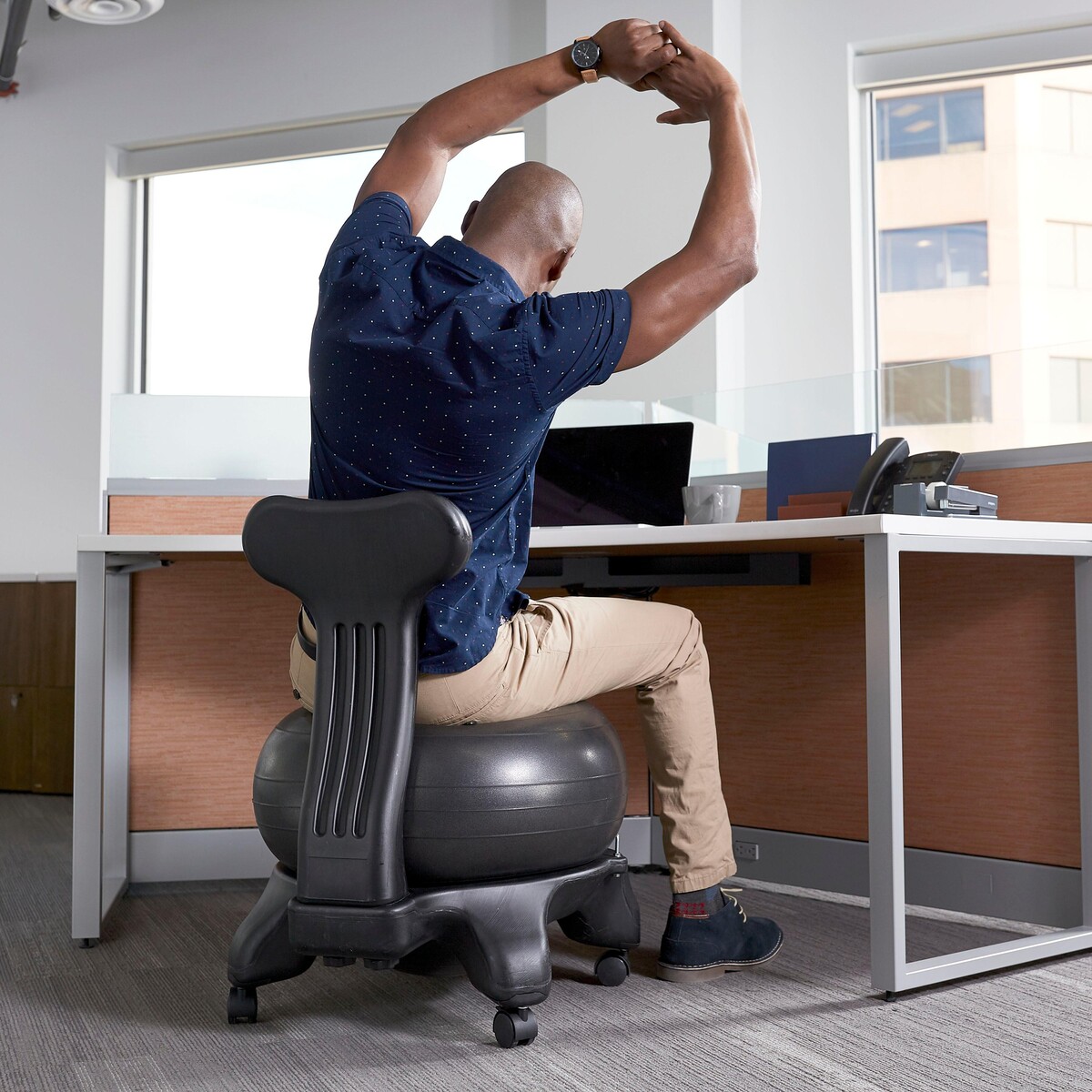

Office Furniture
What Size Fitness Ball For An Office Chair
Modified: August 17, 2024
Find the right fitness ball size for your office chair to improve posture and comfort. Discover the best office furniture and design tips for a healthier workspace.
(Many of the links in this article redirect to a specific reviewed product. Your purchase of these products through affiliate links helps to generate commission for Storables.com, at no extra cost. Learn more)
Introduction
Welcome to the modern office, where the traditional desk chair is being swapped out for a more dynamic and health-conscious alternative: the fitness ball. This unconventional seating option has gained popularity in recent years as a way to combat the sedentary nature of office work and promote better posture and core strength. In this article, we will delve into the world of office fitness balls and explore the factors to consider when determining the right size for your needs.
The concept of using a fitness ball as an office chair may initially seem whimsical, but its benefits are backed by science and real-world experiences. By incorporating this versatile piece of exercise equipment into your daily work routine, you can potentially improve your overall well-being and productivity. From enhanced posture and core stability to increased calorie expenditure, the advantages of using a fitness ball as an office chair are numerous and compelling.
As we venture further into this article, we will uncover the specific benefits of using a fitness ball as an office chair, the key factors to consider when selecting the right size ball, and practical tips for making the most of this unconventional seating solution. Whether you are a seasoned fitness enthusiast or a curious office worker looking for a change, this comprehensive guide will equip you with the knowledge and insights needed to seamlessly integrate a fitness ball into your office setup.
So, let's embark on this journey to discover the transformative potential of the fitness ball as an office chair and empower ourselves to embrace a healthier, more dynamic approach to office seating.
Key Takeaways:
- Embracing a fitness ball as an office chair can improve posture, core strength, and focus, creating a more dynamic and engaging work experience.
- When choosing a fitness ball, consider your height, body proportions, and workspace constraints to optimize comfort and ergonomic support.
Read more: What Is A Task Chair Vs. Office Chair
Benefits of Using a Fitness Ball as an Office Chair
Embracing a fitness ball as an office chair can yield a multitude of physical and mental benefits, making it a compelling alternative to traditional seating. Here are some of the key advantages:
- Improved Posture: Sitting on a fitness ball encourages better posture as it engages the core muscles and promotes an upright sitting position. This can help alleviate the strain on the lower back and reduce the likelihood of slouching, which is a common issue associated with traditional office chairs.
- Enhanced Core Strength: The instability of the fitness ball requires continuous engagement of the core muscles to maintain balance. Over time, this can lead to improved core strength and stability, which are essential for overall body support and resilience against back pain.
- Calorie Expenditure: The subtle movements and micro-adjustments made while sitting on a fitness ball can contribute to increased calorie expenditure throughout the day. While the effect may be modest, it provides a passive form of exercise that contrasts with the sedentary nature of traditional office chairs.
- Active Sitting: Unlike stationary office chairs, fitness balls promote active sitting, which involves gentle movements and shifts in body position. This dynamic sitting style can enhance circulation, reduce stiffness, and prevent the discomfort often associated with prolonged periods of sitting.
- Engagement of Stabilizing Muscles: Sitting on a fitness ball activates the stabilizing muscles throughout the body, including those in the legs, hips, and back. This continuous engagement can contribute to improved muscle tone and overall body awareness.
- Increased Focus and Concentration: The dynamic nature of sitting on a fitness ball can stimulate sensory input and proprioception, which may enhance cognitive function and attentiveness. Some individuals report feeling more engaged and alert while using a fitness ball as their office chair.
- Versatility and Mobility: Fitness balls are lightweight and easy to move, allowing for seamless integration into various work environments. They can also serve as exercise props, enabling quick transitions from seated work to active stretching or strengthening exercises.
These benefits collectively contribute to a more active, ergonomic, and engaging work experience, potentially leading to a healthier and more productive office environment. As we explore the factors to consider when selecting the right size fitness ball for an office chair, it becomes evident that the advantages of this unconventional seating option extend far beyond mere novelty.
Factors to Consider When Choosing the Right Size Fitness Ball
When selecting a fitness ball to serve as an office chair, several crucial factors come into play to ensure optimal comfort, stability, and ergonomic support. Here are the key considerations to keep in mind:
- Height and Body Proportions: The size of the fitness ball should correspond to your height and body proportions to maintain proper alignment and support. Taller individuals generally require larger fitness balls to achieve a suitable sitting height and overall stability, while shorter individuals may find smaller balls more accommodating.
- Recommended Ball Size Chart: Many fitness ball manufacturers provide size charts that correlate user height with the recommended ball size. Consulting these charts can offer valuable guidance in selecting the most appropriate fitness ball for your specific dimensions.
- Ball Diameter: The diameter of the fitness ball is a critical determinant of its suitability for use as an office chair. Standard fitness balls typically range from 45 to 75 centimeters in diameter, with each size catering to different height ranges. It is essential to choose a ball size that allows for a 90-degree angle at the knees when seated, promoting proper posture and comfort.
- Weight Capacity: Ensure that the selected fitness ball has a weight capacity that accommodates your body weight with an adequate safety margin. This is particularly important for individuals who intend to use the fitness ball for prolonged periods throughout the workday.
- Material and Durability: Assess the material composition and durability of the fitness ball to ensure it can withstand the demands of daily office use. High-quality, anti-burst fitness balls are designed to deflate slowly and safely if punctured, minimizing the risk of injury.
- Inflation and Stability: Proper inflation is crucial for the stability and performance of the fitness ball. It should be inflated to the recommended pressure, typically indicated in PSI (pounds per square inch), to provide a firm and supportive surface for sitting. Over or under-inflation can compromise the ball’s stability and ergonomics.
- Workspace Constraints: Consider the available space in your office environment when choosing the size of the fitness ball. Ensure that the selected ball, when fully inflated, allows for comfortable maneuverability and does not obstruct the surrounding workspace.
By carefully evaluating these factors and selecting a fitness ball that aligns with your individual needs and physical dimensions, you can optimize the ergonomic benefits and comfort of using a fitness ball as an office chair.
When choosing a fitness ball for an office chair, make sure it’s the right size for your height. Sit on the ball with your feet flat on the floor and knees at a 90-degree angle for the best fit.
How to Determine the Correct Size Fitness Ball for Your Office Chair
Choosing the correct size fitness ball for use as an office chair involves a straightforward process that takes into account your height, body proportions, and the specific ergonomic requirements of your workspace. Follow these steps to determine the optimal fitness ball size for your office chair:
- Measure Your Height: Stand against a wall and measure your height in inches or centimeters. This provides a baseline for selecting the appropriate fitness ball size.
- Consult Manufacturer Guidelines: Refer to the size chart provided by the fitness ball manufacturer. These charts typically correlate user height with the recommended ball size, offering valuable insights into the most suitable options based on your dimensions.
- Choose the Correct Diameter: Based on your height and the manufacturer’s guidelines, select a fitness ball with an appropriate diameter. Standard fitness balls are available in various sizes, typically ranging from 45 to 75 centimeters, with each size catering to specific height ranges.
- Test Sitting Height: Once you have acquired the fitness ball, sit on it against a wall or sturdy surface. Your knees should form a 90-degree angle when your feet are flat on the floor, promoting optimal posture and comfort. If your knees are above hip level, the ball may be too small, while excessively bent knees indicate a ball that is too large.
- Assess Stability and Comfort: Test the stability and comfort of the fitness ball by sitting on it for a brief period. Ensure that the ball provides a supportive and stable surface, allowing for balanced weight distribution and minimal wobbling or shifting while seated.
- Inflate to Recommended Pressure: Inflate the fitness ball to the recommended pressure, typically indicated in PSI (pounds per square inch), as specified by the manufacturer. Proper inflation ensures optimal stability and ergonomic performance, contributing to a comfortable and supportive seating experience.
By following these steps and carefully assessing the compatibility of the fitness ball with your height, body proportions, and workspace dynamics, you can confidently determine the correct size fitness ball for your office chair. This personalized approach to selecting a fitness ball ensures that you can reap the full ergonomic benefits and comfort of this innovative seating solution.
Tips for Using a Fitness Ball as an Office Chair
Integrating a fitness ball into your office environment as a seating alternative requires thoughtful considerations and adjustments to ensure a smooth transition. Here are some valuable tips for effectively using a fitness ball as an office chair:
- Gradual Transition: Begin by using the fitness ball for short periods, gradually increasing the duration as your body adapts to the new seating arrangement. This approach allows your muscles and posture to acclimate to the dynamic nature of the fitness ball.
- Engage Core Muscles: Emphasize engaging your core muscles while sitting on the fitness ball to maintain balance and stability. This continuous activation of the core contributes to improved posture and supports the spine, enhancing the ergonomic benefits of the fitness ball as an office chair.
- Alternate Seating Positions: Take advantage of the fitness ball’s versatility by periodically changing your sitting position. This can involve subtle shifts in weight distribution, gentle bouncing, or incorporating brief periods of standing or stretching to promote circulation and alleviate muscle tension.
- Supportive Footwear: Wear supportive footwear that provides stability and comfort while using the fitness ball as an office chair. This is particularly important for maintaining balance and ensuring a secure footing, especially when making slight movements or adjustments on the ball.
- Positioning and Alignment: Situate the fitness ball in a position that allows for proper alignment with your workstation. Ensure that your keyboard, mouse, and monitor are ergonomically positioned to accommodate the dynamic seating arrangement and promote optimal posture and comfort.
- Regular Movement Breaks: Incorporate regular movement breaks into your work routine, utilizing the flexibility of the fitness ball to engage in brief stretching or strengthening exercises. These intervals of physical activity can counteract the sedentary nature of office work and contribute to improved circulation and energy levels.
- Monitor Comfort and Ergonomics: Pay attention to your comfort and ergonomics while using the fitness ball as an office chair. Adjust the inflation level of the ball as needed to maintain stability and support, and be mindful of any signs of discomfort or strain, making necessary modifications to optimize your seating experience.
By implementing these tips and embracing a mindful and adaptable approach to using a fitness ball as an office chair, you can maximize the ergonomic benefits and wellness advantages of this innovative seating solution. With consistent practice and attention to ergonomic principles, the fitness ball can become an integral component of a dynamic and health-conscious office environment.
Read more: What Is An Ergonomic Office Chair
Conclusion
The utilization of a fitness ball as an office chair offers a compelling blend of ergonomic benefits, physical engagement, and wellness advantages that can positively influence the modern work environment. By embracing this unconventional seating solution, individuals have the opportunity to enhance their posture, core strength, and overall well-being while promoting a more dynamic and active approach to office seating.
Throughout this exploration of fitness ball office chairs, we have uncovered the diverse array of benefits associated with this innovative seating alternative. From improved posture and core stability to increased calorie expenditure and enhanced focus, the advantages of using a fitness ball as an office chair are both tangible and impactful.
Furthermore, the process of choosing the right size fitness ball involves thoughtful considerations related to individual height, body proportions, and ergonomic requirements. By carefully assessing these factors and following a personalized approach to selecting a fitness ball, individuals can optimize the comfort, stability, and ergonomic support of their office seating arrangement.
As individuals transition to using a fitness ball as an office chair, the integration of practical tips, such as gradual adaptation, core engagement, and regular movement breaks, can facilitate a seamless and beneficial experience. These insights empower individuals to leverage the versatility and ergonomic potential of the fitness ball, creating a more dynamic and health-conscious work environment.
In conclusion, the fitness ball serves as a symbol of the evolving nature of office furniture and design, where the emphasis is placed on promoting wellness, activity, and ergonomic excellence. By embracing the transformative potential of the fitness ball as an office chair, individuals can embark on a journey towards improved posture, enhanced core strength, and a more engaging and dynamic work experience.
As we continue to explore innovative approaches to office seating and well-being, the fitness ball stands as a testament to the adaptability and creativity that define the modern workplace. Its integration into the office environment represents a shift towards holistic wellness and ergonomic mindfulness, fostering a culture of movement, engagement, and vitality in the pursuit of healthier, more productive workspaces.
Frequently Asked Questions about What Size Fitness Ball For An Office Chair
Was this page helpful?
At Storables.com, we guarantee accurate and reliable information. Our content, validated by Expert Board Contributors, is crafted following stringent Editorial Policies. We're committed to providing you with well-researched, expert-backed insights for all your informational needs.
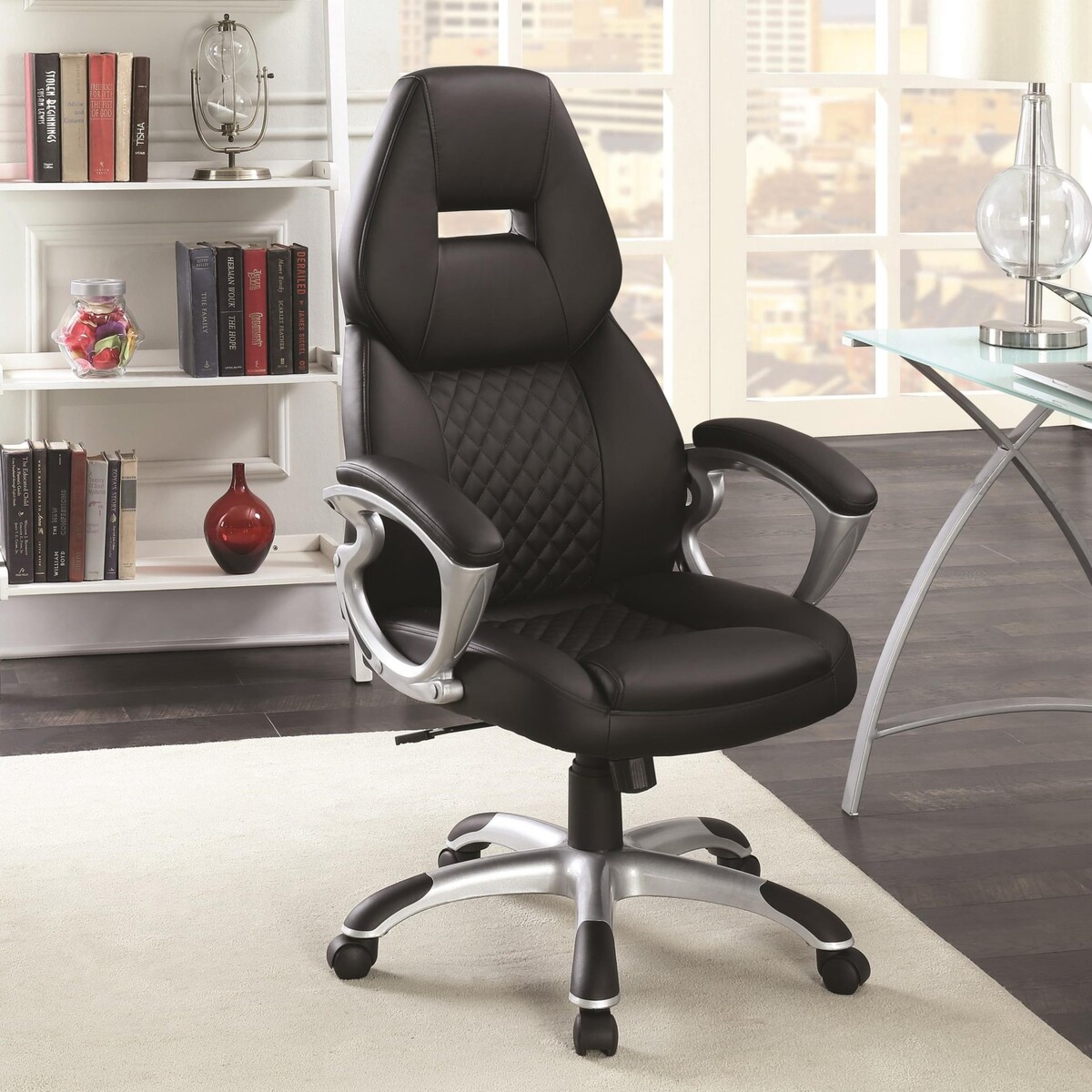
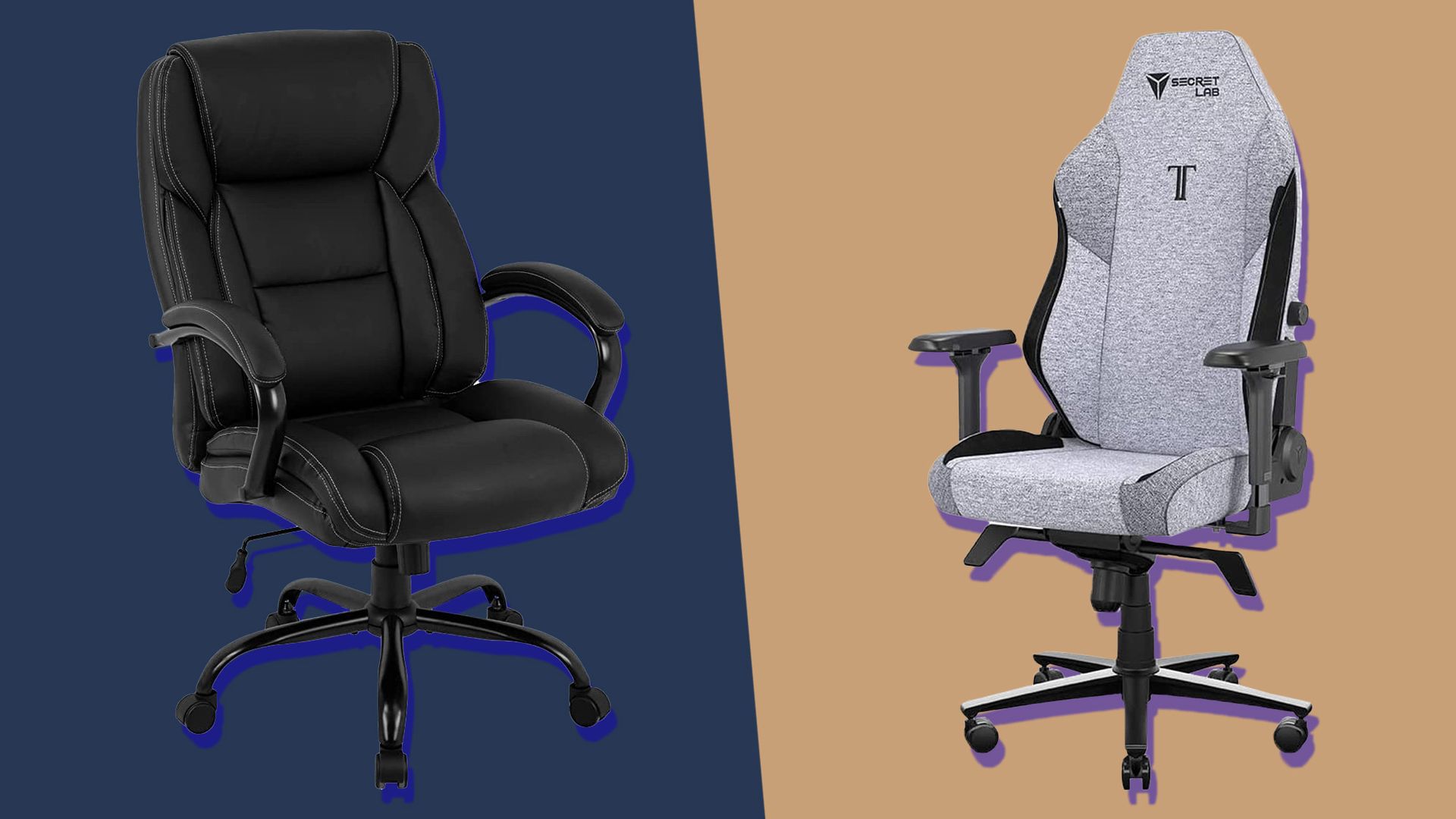

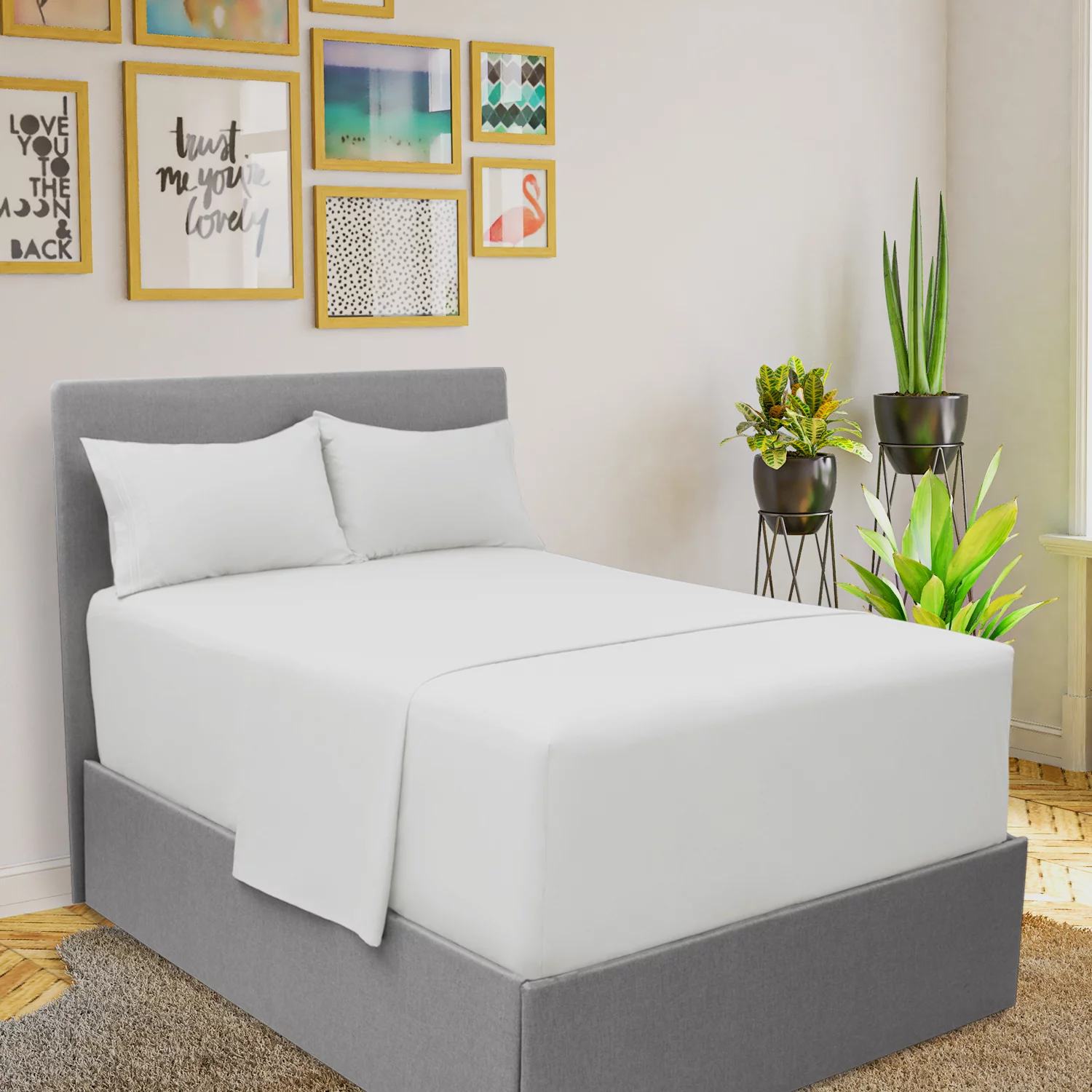
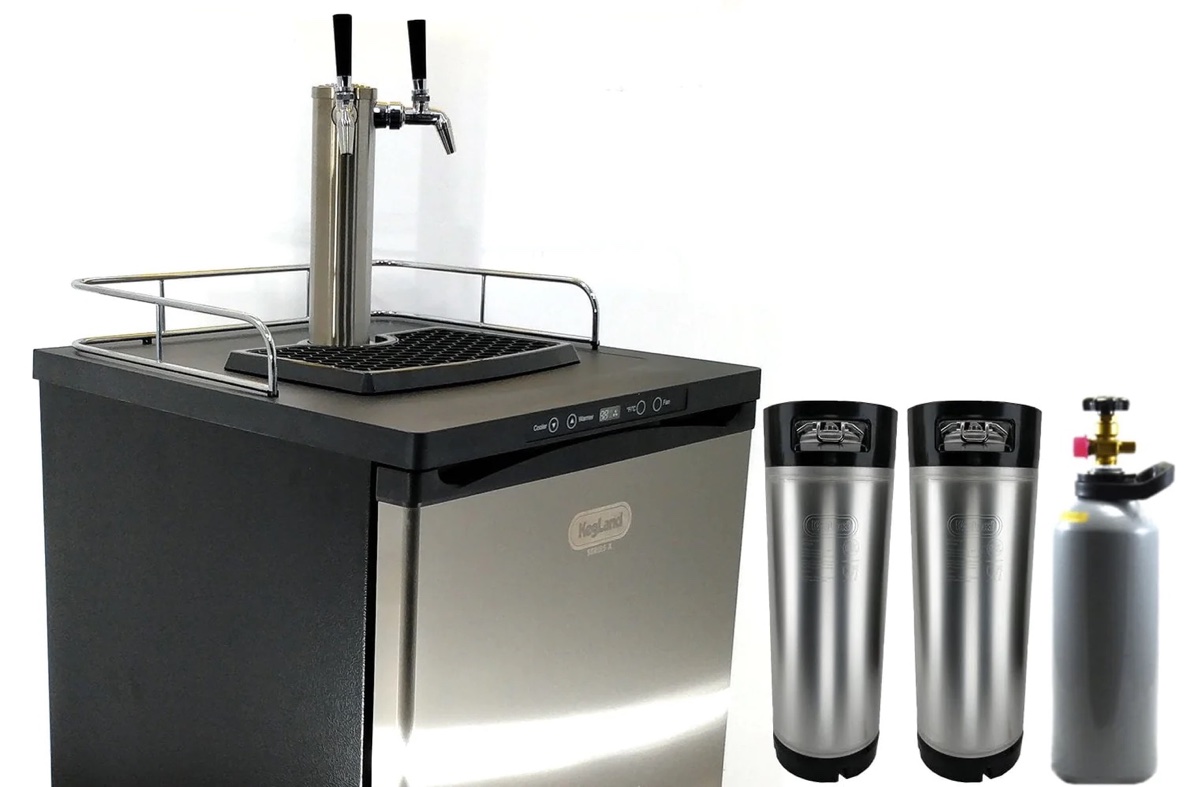
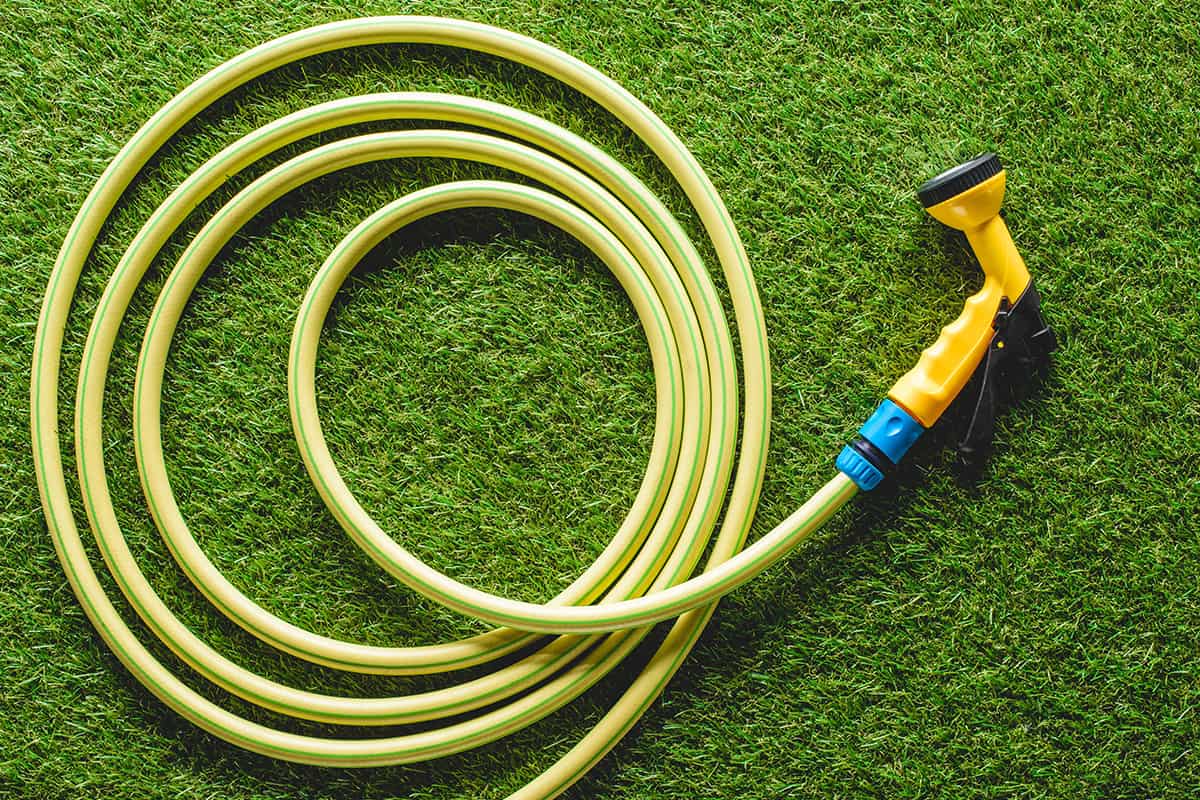
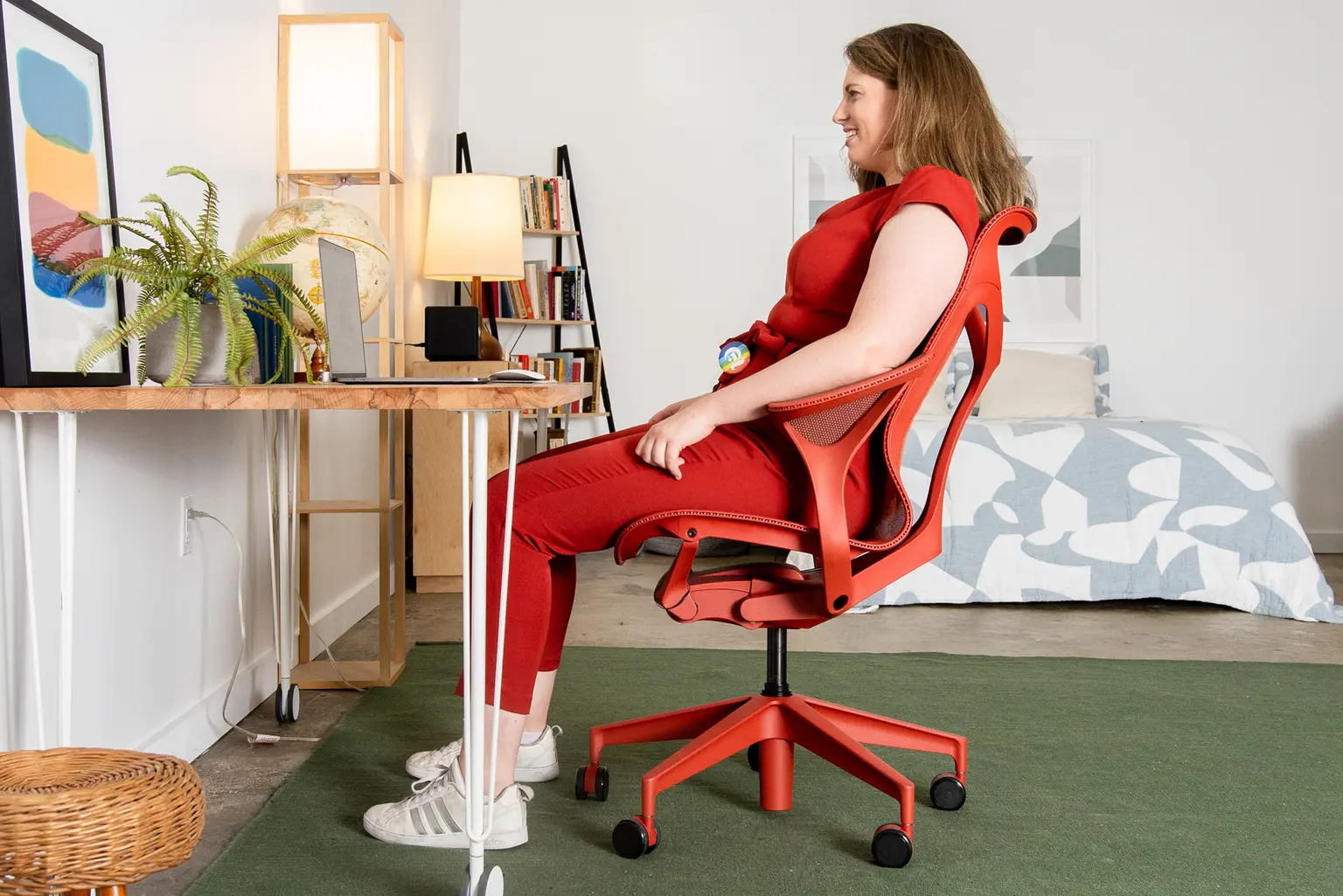
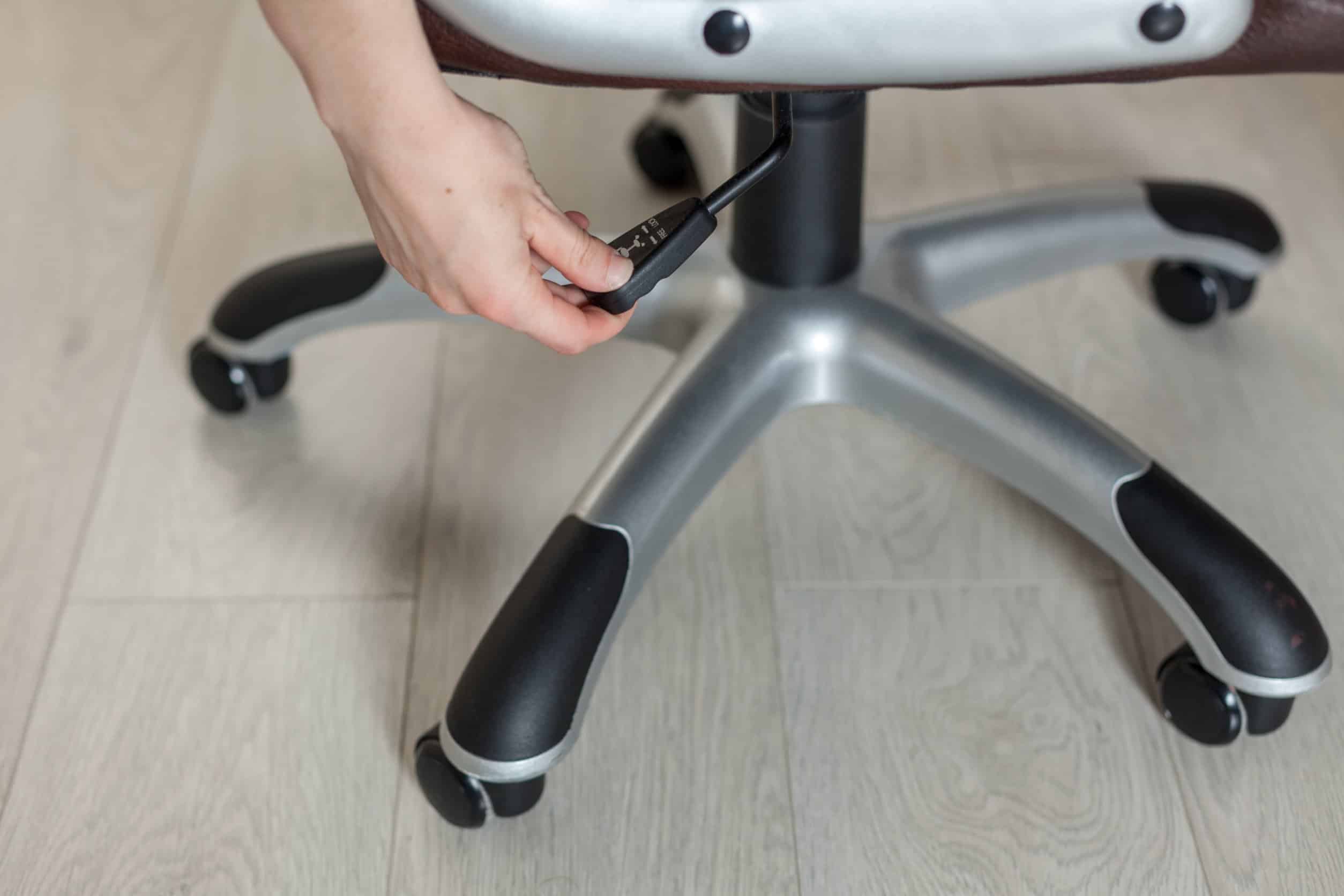
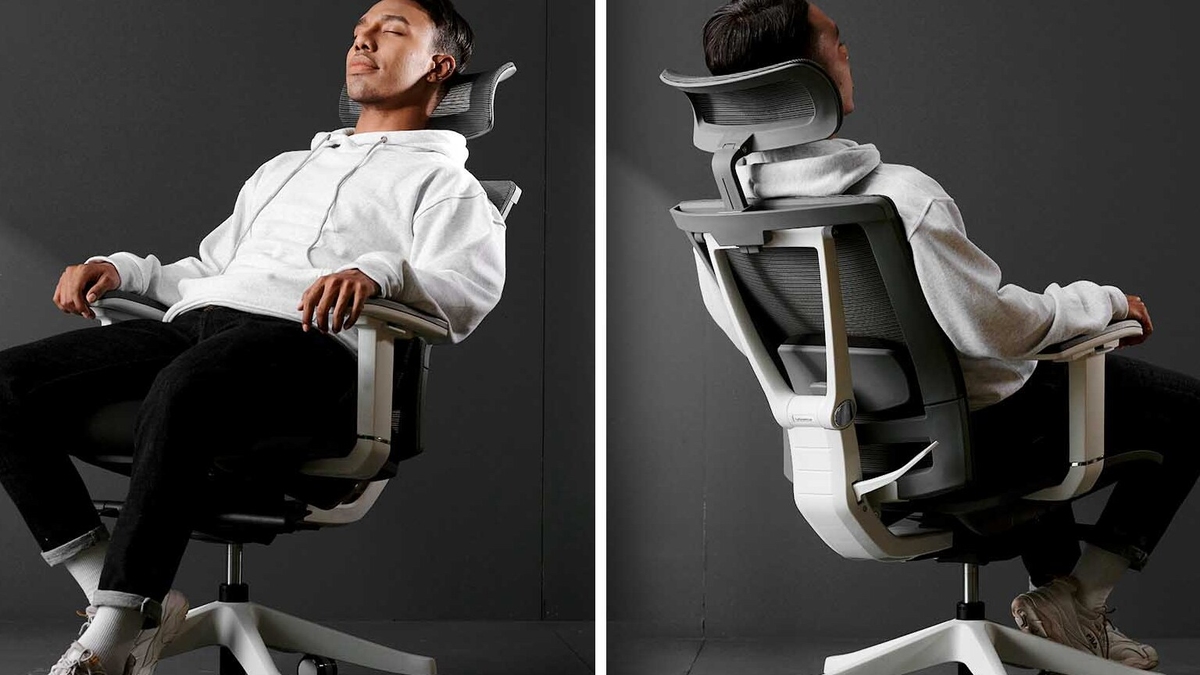
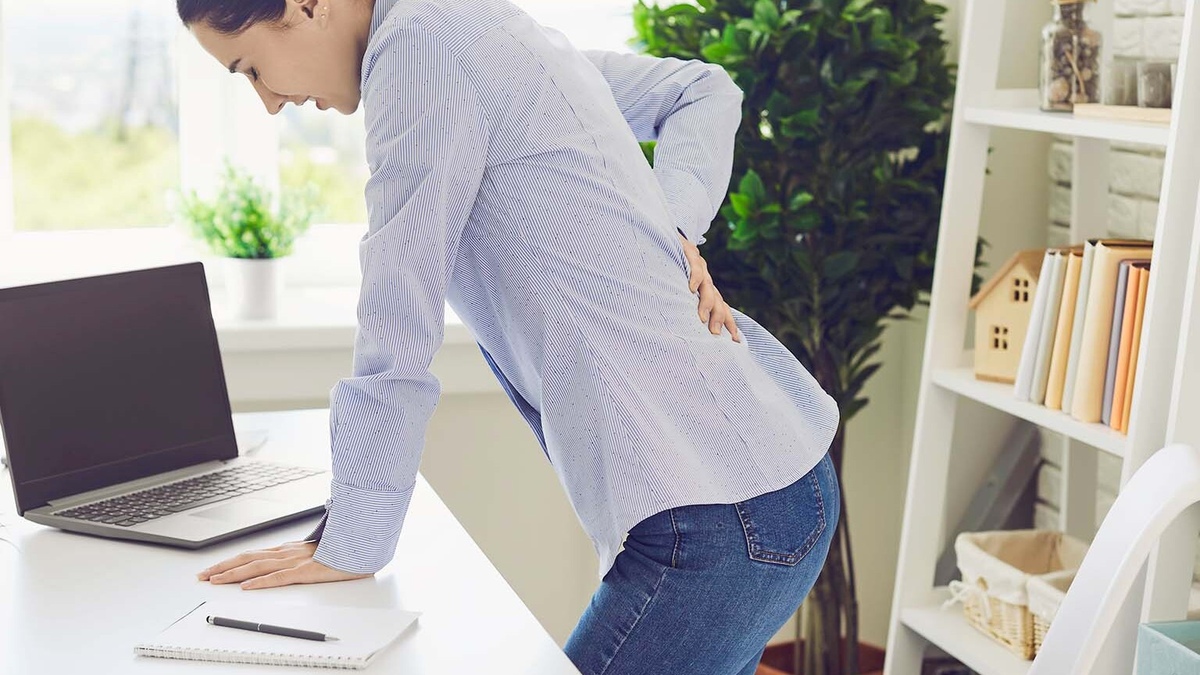
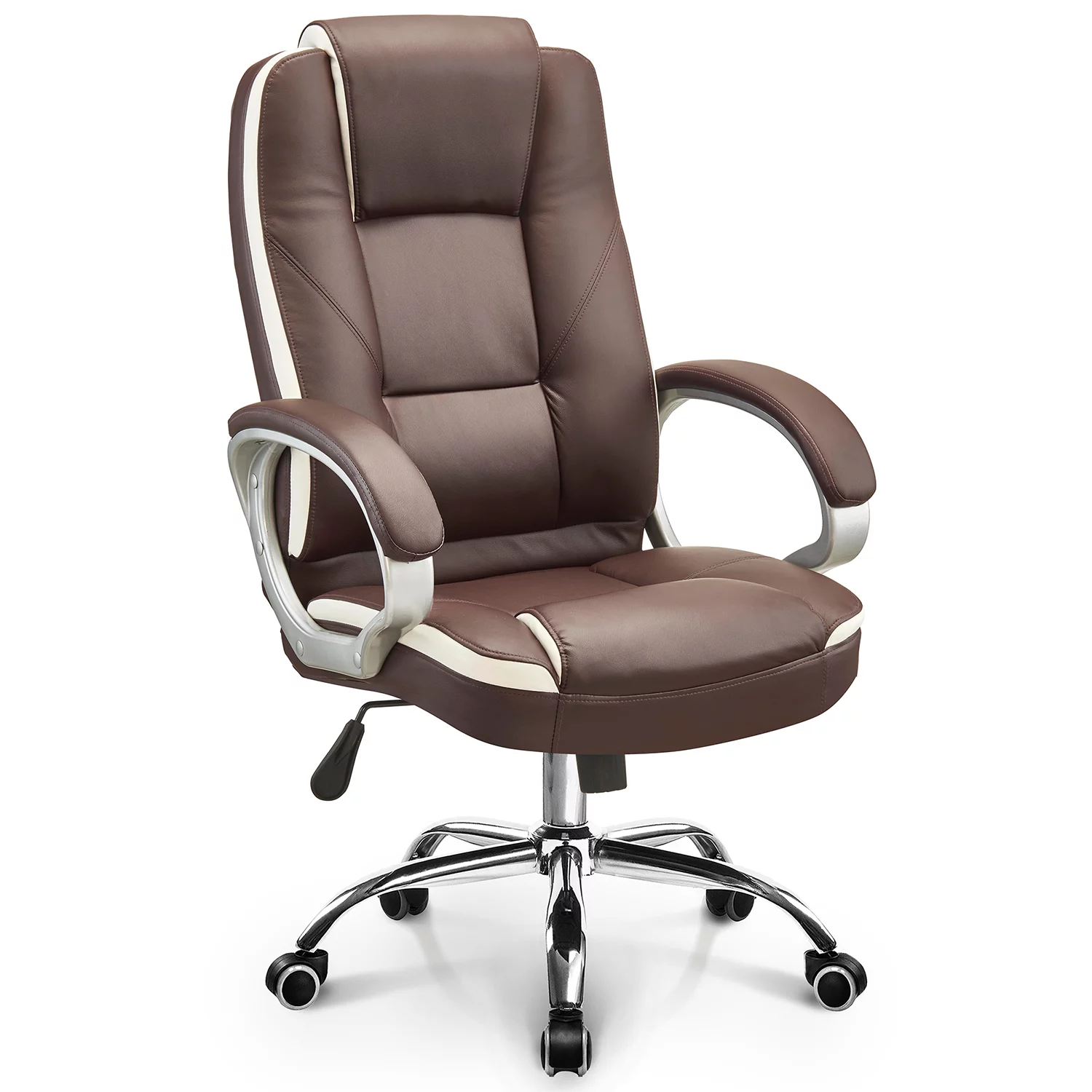
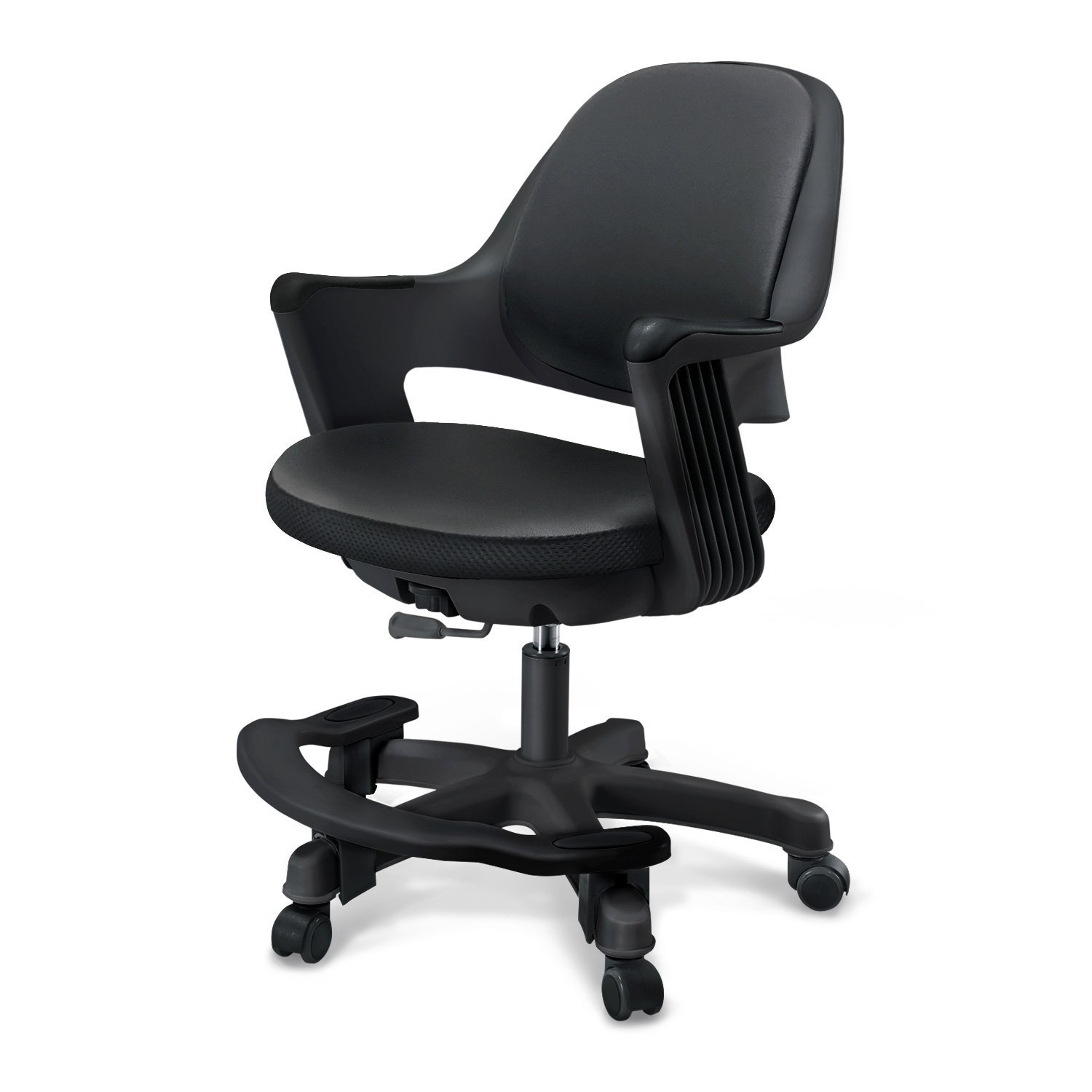
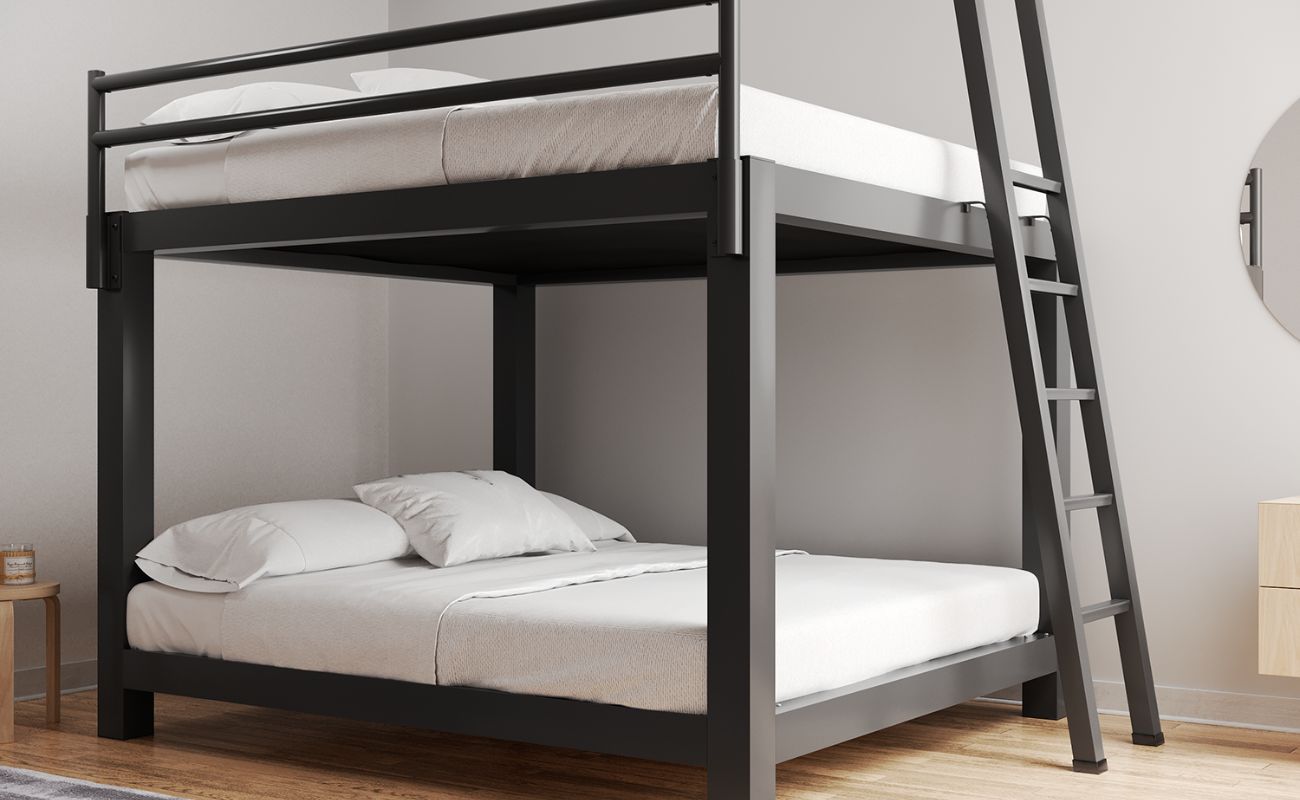
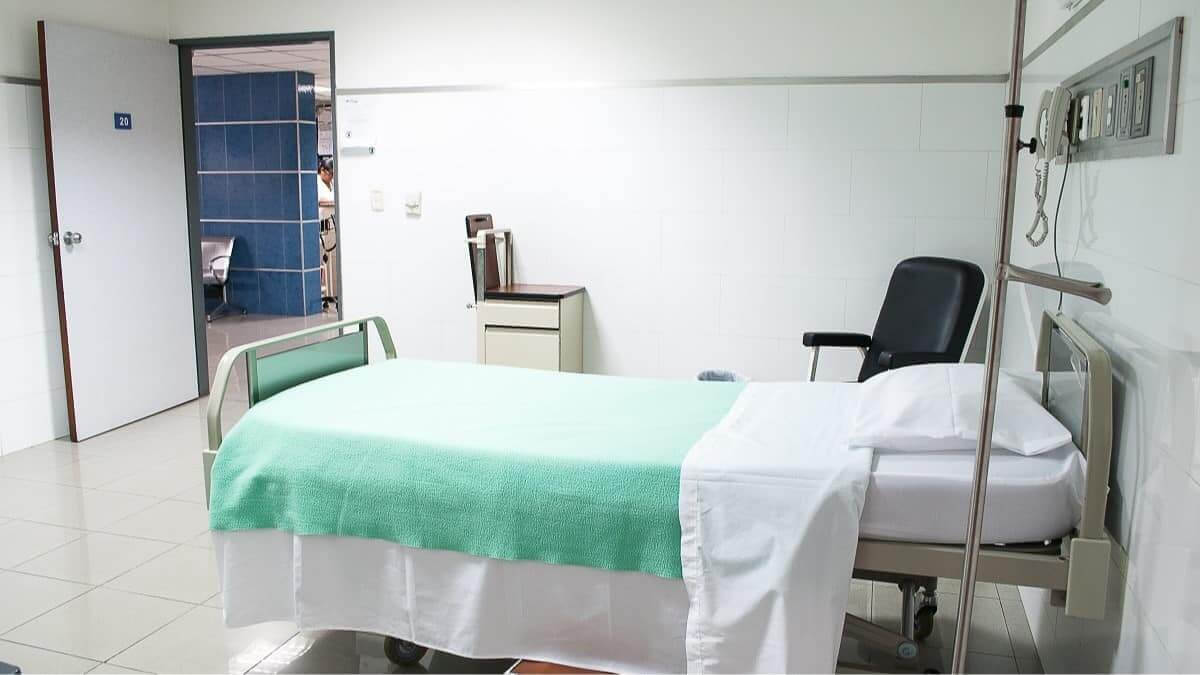

0 thoughts on “What Size Fitness Ball For An Office Chair”